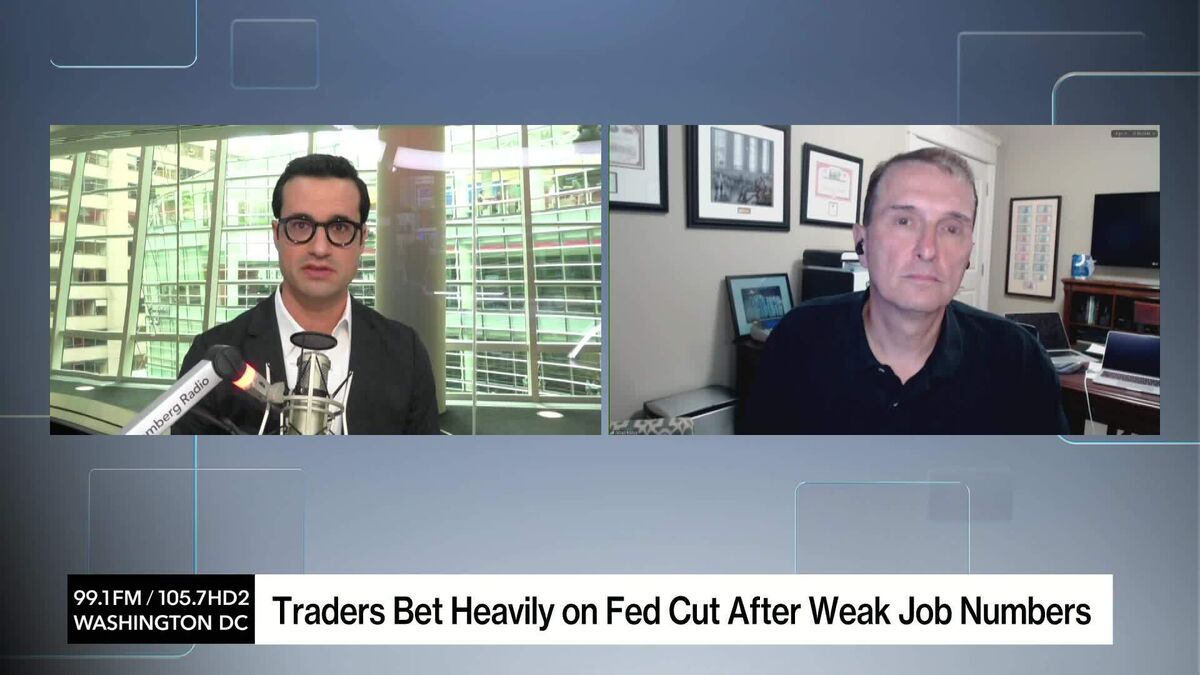
Air Canada Flight Attendants Continue Strike Despite Government Order
Air Canada is facing a significant crisis as flight attendants continue their strike, defying a government back-to-work order. This disruption is affecting over 130,000 travelers daily and has led to delays in the airline's plans to resume flights, particularly during the busy summer season.

Newsmax Settles $67 Million Defamation Lawsuit with Dominion Voting Systems
Newsmax has agreed to a $67 million settlement with Dominion Voting Systems to resolve a defamation lawsuit related to false claims about the 2020 election. This settlement highlights the ongoing legal challenges surrounding election integrity and follows persistent allegations from former President Donald Trump regarding voting machine fraud.

Advent to Acquire U-Blox for $1.3 Billion

Novo Nordisk Reduces Ozempic Price to Enhance Accessibility
Why World Pulse Now?
Global Coverage
All major sources, one page
Emotional Lens
Feel the mood behind headlines
Trending Stories
Know what’s trending, globally
Read Less, Know More
Get summaries. Save time
Multi-Language
Switch languages to read your way
Save for Later
Your stories, stored for later
Live Stats
5,923
241
200
28 minutes ago
1-Minute Daily Briefing
Stay sharp in 60 seconds. Get concise summaries of today’s biggest stories — markets, tech, sports, and more
Why World Pulse Now?
Global Coverage
All major sources, one page
Emotional Lens
Feel the mood behind headlines
Trending Stories
Know what’s trending, globally
Read Less, Know More
Get summaries. Save time
Multi-Language
Switch languages to read your way
Save for Later
Your stories, stored for later
Live Stats
5,923
241
200
28 minutes ago
1-Minute Daily Briefing
Stay sharp in 60 seconds. Get concise summaries of today’s biggest stories — markets, tech, sports, and more







